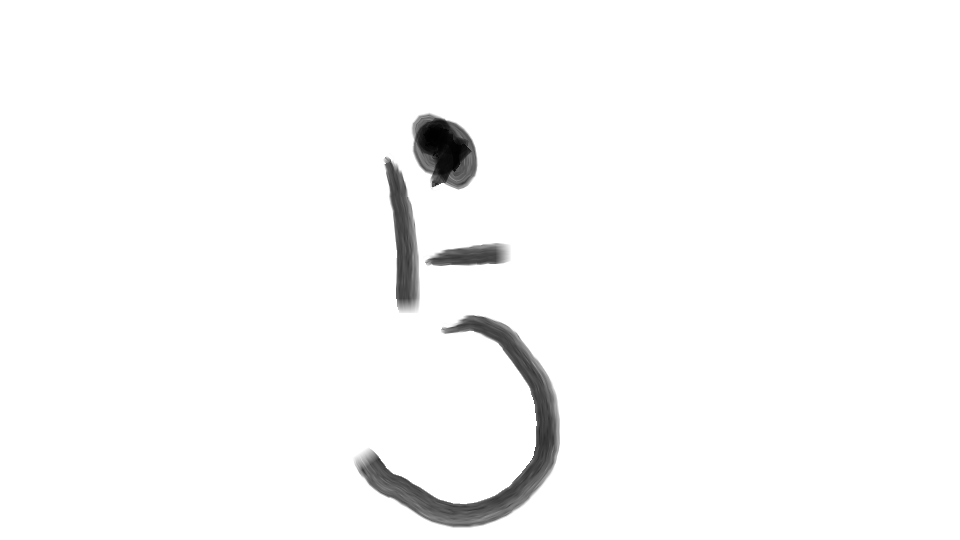As a ‘disabled-sign’ aficionado, I’ve traveled the world in search of the perfect disabled sign. The truth, of course, is that no sign should be judged and that all signs are precious and beautiful in their own way.
The other truth is that the design of a disabled sign will tell you more about a culture than years of reading Conservapedia and watching Fox News ever can. For example, in some parts of the Middle-East, the disabled sign doesn’t show a man sitting, it shows a man rising up from ashes. In Argentina, the disabled sign shows a man dancing badly to a small contingent of talented-looking guitarists. And in Papua New Guinea absolutely all signs are notable in that they sit inside of an opaque box – forcing people to see what’s on the inside before illegally taking the parking space in directly in front of the hospital (or अस्पताल).
It’s only in the most “modern” Western societies that you see a stick figure reaching desperately forward, looking downtrodden as it sits within in an uncomfortable looking semicircle.
Most countries don’t have disabled signs though, and the beauty in that is that those countries don’t see people as “able-d” or “disabled”. The Tibetans are a great example as they don’t have a word for “disability”, instead referring to everyone as “struggling uniquely”. And they sure as shit don’t need their government posting signs reminding people to be considerate of one another.
